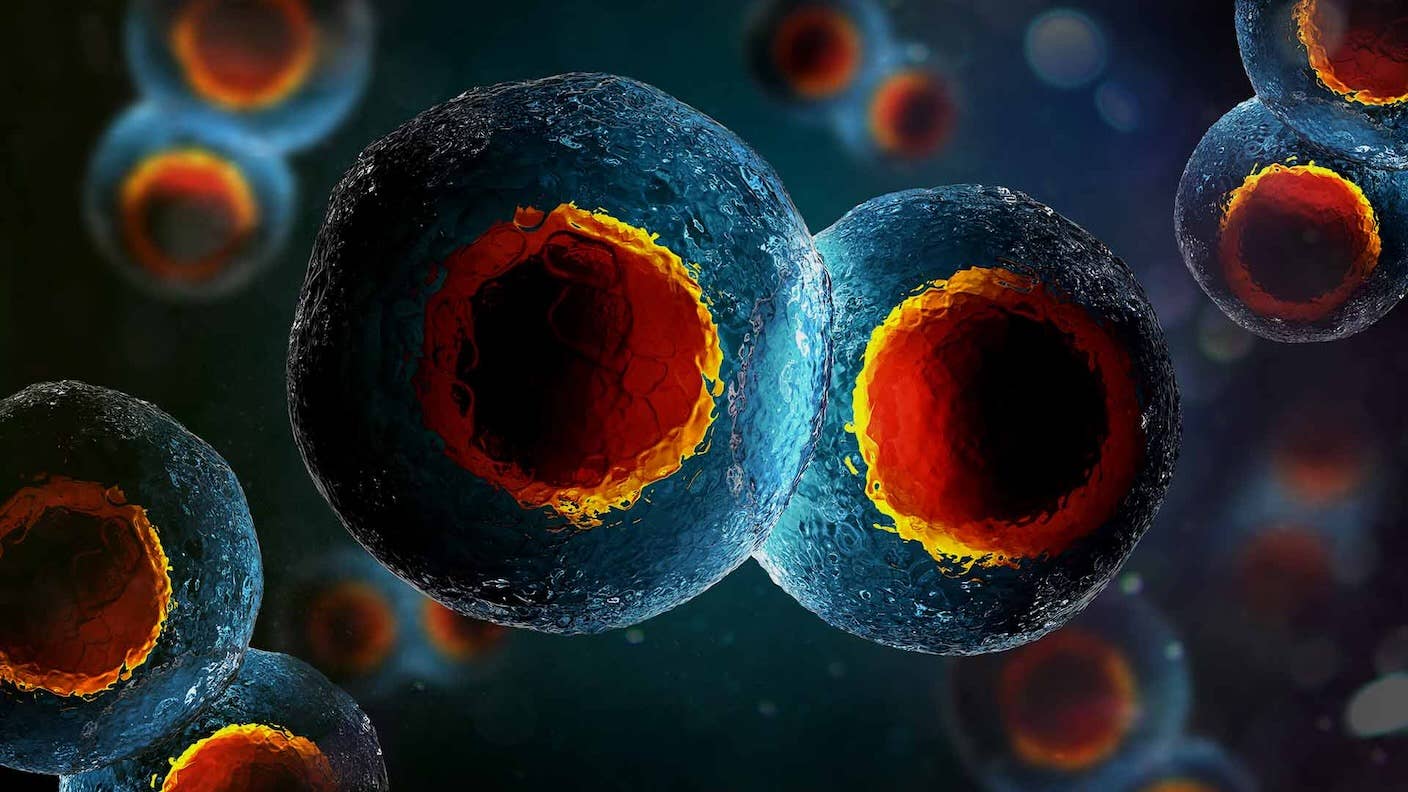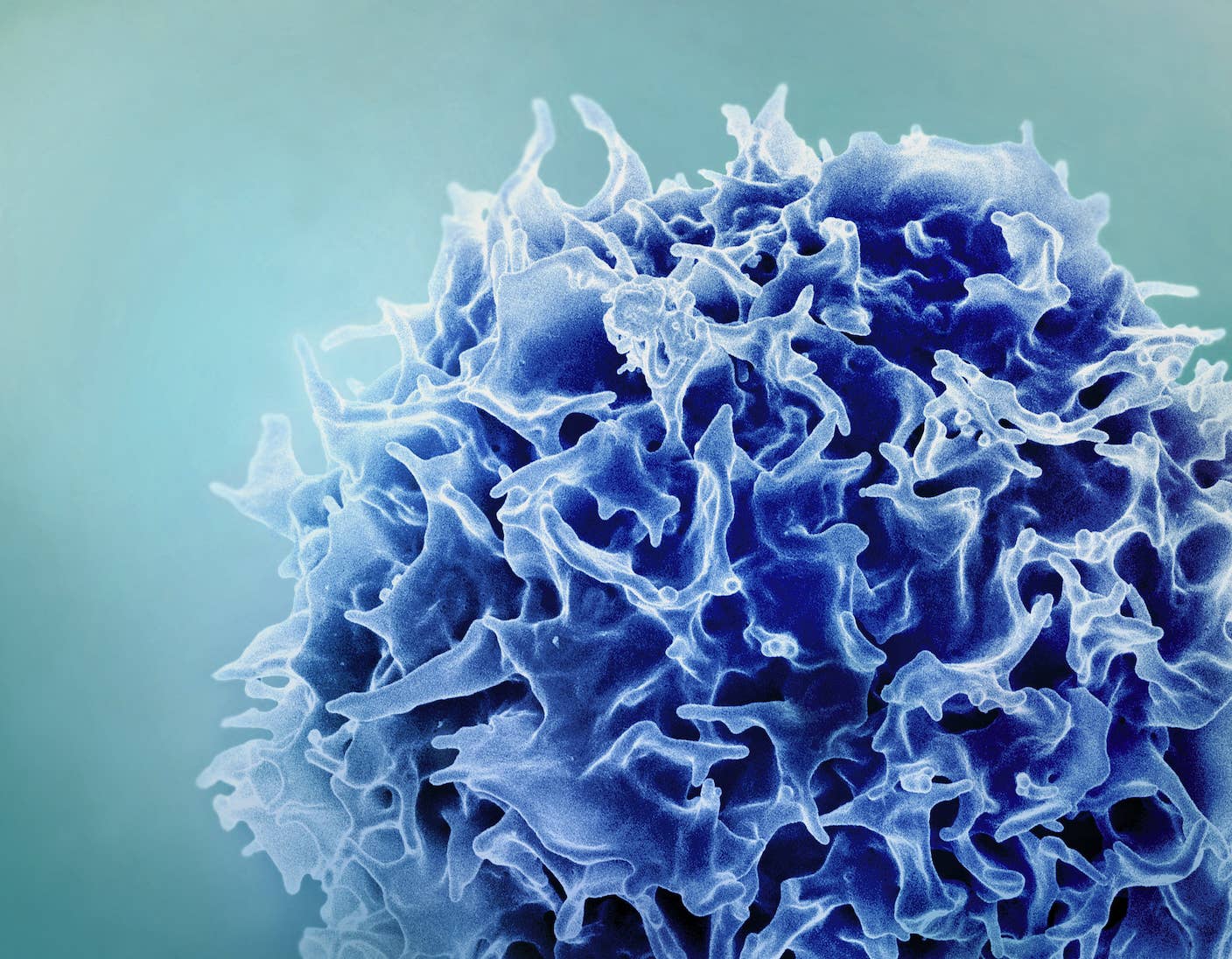CRISPR Baby 2.0? Controversial Simulation Touts Benefits of Gene Editing Embryos
Scientists are grappling with the implications of a CRISPR-baby world.

Image Credit
Andrii Vodolazhskyi on Shutterstock
Share
Bring up germline editing, and most scientists cringe. The idea behind the notorious CRISPR-baby scandal, editing reproductive cells or embryos tinkers with DNA far beyond just the patient—any changes, either beneficial or harmful, pass down through generations.
Germline editing is banned in most countries. A Chinese court sentenced He Jiankui, the disgraced scientist first to experiment with editing human embryos, to jail for three years. Now free again, He said in an interview with NPR last year that the CRISPRed twins, Lulu and Nana, are healthy and growing normally as toddlers, although he declined to answer more detailed questions about their wellbeing.
He’s delinquent experiment sparked universal condemnation, but also triggered heavy debate among scientists about the future of germline editing. In theory, if based on solid scientific and clinical foundations, such edits could reduce the chances of inherited diseases down an entire family line. But it’s a slippery slope. When does reducing the risk of inherited breast cancer, diabetes, or Alzheimer’s disease edge into “designer baby” territory?
As scientists grapple with the implications of a CRISPR-baby world, a new analysis took an unusual approach to analyzing the risks and benefits of germline editing. For one, it was completely inside a machine—no potential babies harmed. For another, the authors of the study focused especially on diseases with multiple potential genetic contributors—heart attack, stroke, cancer, depression, and diabetes—all of which haunt many families.
On average, adding only 10 protective gene variants slashed disease risk up to 60-fold. The mathematical model also predicted health benefits such as lowered levels of “bad” cholesterol in people prone to heart disease—an idea which is currently being studied in a gene editing clinical trial led by Verve Therapeutics.
Not everyone is on board.
An accompanying article put it plainly: “Embryo editing for disease is unsafe and unproven.” Penned by Shai Carmi at the Hebrew University of Jerusalem, Henry Greely at Stanford Law School, and Kevin Mitchell at Trinity College Dublin, the piece raised a multitude of questions on the ethical and societal impacts of tweaking our DNA with inheritable gene edits—even assuming all goes well technologically.
“Given the broad interest in this topic, the work will probably be discussed widely and might ultimately affect policy,” they wrote.
Tweaking Our Genetic Blueprint
Ever since mapping the human genome at the turn of the century, scientists have dreamed of correcting mutated genes to prevent disease. Two decades later, thanks to massive improvements in gene sequencing and synthesis technologies alongside the rise of gene editing multitool CRISPR, gene therapy is no longer science fiction.
In late 2023, the UK approved the world’s first CRISPR-based gene therapy for two previously untreatable inherited blood disorders—sickle cell disease and beta thalassemia. The US soon followed. Meanwhile, a promising clinical trial that disables a gene in people susceptible to high cholesterol showed the approach slashes the dangerous buildup of artery-clogging clumps.
Here's the crux: These gene therapies only alter somatic cells—that is, cells that make up the body. The changes only affect the treated person. Germline editing, on the other hand, opens an entirely new Pandora’s box. Editing reproductive cells or embryos doesn’t just alter the resulting baby’s genetics—the edits could also pass on to their offspring.
Most gene editing trials to date, including He’s, have focused on altering one gene. But most common diseases that plague us today—heart disease, stroke, cancer, diabetes—are polygenic, in that they are influenced by hundreds to thousands of gene variants. These are the same genes, just a tad different in their genetic makeup.
On its own, each variant has very little influence on health. But if negative variants build up across the genome, together they increase a person’s risk of these complex diseases. Doctors already use technologies that screen people’s genes to monitor for breast cancer, in which multiple gene mutations increase risk.
Reproductive scientists have also taken note. Research is underway to screen embryos conceived through in vitro fertilization, or IVF. Those with low polygenic risk are then selected for further development. The method has been available since 2019, explained Carmi, Greely, and Mitchell, “but the expected reductions in disease risk are modest, at best.”
A more radical idea is to change genes directly inside embryos, often by giving them a dose of , protective gene variants. It was He’s original idea—CRISPRing genes that potentially protect against HIV, but with very little evidence. But if successful—and that is a very large if—the treatment could protect generations of people from inherited diseases.
Be Part of the Future
Sign up to receive top stories about groundbreaking technologies and visionary thinkers from SingularityHub.


Broader Scope
Rather than just a single gene, the new study focused on diseases with multiple genetic contributions in a simulation. Using previous data that associated genetic variants with diseases, the team analyzed a myriad of health troubles, including Alzheimer’s disease, schizophrenia, diabetes, heart disease, and depression. They asked: What if we edited “protective” genes into the embryos?
To be clear, the team only gauged outcomes based on mathematical simulations. However, multiple simulations for different diseases suggested that adding just a small number of protective genes—roughly 10—would boost the protective effects up to 60-fold.
They built the model based on a few assumptions.
First, they assumed perfect accuracy, in that the gene editor will modify only targeted DNA without harming other non-targeted genetic letters. That’s not entirely possible now: Although CRISPR-based therapeutics are more precise than their predecessors, they still sometimes snip and alter unexpected genetic sequences.
Another assumption is that we know which genes cause what disease. Protective genetic variants are rare, and scientists mostly find them through large genome-wide screenings followed by vigorously testing in cells and animals. These results unveil helpful or harmful variants—for example, APOE4 as a risk factor for Alzheimer’s—for gene editing. But for complex diseases, thousands of gene variants are at play.
“Mapping causal [gene] variants has been a slow process so far,” wrote Carmi, Greely, and Mitchell.
The protective effects of gene variants may not add up. If two “savior” genes are added at the same time, but they trigger the same pathway in cells, when combined they may reach a ceiling for beneficial effects. It’s like working out and drinking too many protein shakes—there’s only so much the body can handle.
Also, such simulations note but sidestep societal consequences. A slight misstep in germline engineering could alter the DNA makeup of multiple generations. “In embryo editing, the stakes are extremely high,” wrote Carmi, Greely, and Mitchell. “Any errors will affect every cell and organ in the future child.”
Still, editing embryos at a large scale remains roughly 30 years away according to the authors. Meanwhile, scientists are already tinkering with other reproductive genetic technologies. Some include sequencing the whole genome of embryos, fetuses, and newborns to tackle potential health troubles.
For now, the authors wrote, “there is good reason to start exploring the challenges and opportunities” of editing multiple disease-related genes that can pass to future generations, “well before it becomes a practical possibility.”
Dr. Shelly Xuelai Fan is a neuroscientist-turned-science-writer. She's fascinated with research about the brain, AI, longevity, biotech, and especially their intersection. As a digital nomad, she enjoys exploring new cultures, local foods, and the great outdoors.
Related Articles

Single Injection Transforms the Immune System Into a Cancer-Killing Machine

New Gene Drive Stops the Spread of Malaria—Without Killing Any Mosquitoes

New Immune Treatment May Suppress HIV—No Daily Pills Required
What we’re reading